Morel mushrooms, with their distinctive honeycomb caps and complex, nutty flavor, are among the most prized edible fungi in the world. These elusive delicacies have captivated foragers for generations, inspiring annual pilgrimages to forest floors across the United States. But timing is everything when hunting for morels. In this comprehensive guide, we'll explore exactly when morel mushroom season occurs across different regions, what environmental conditions trigger their growth, and how to know precisely when to begin your hunt.
Understanding the Morel Mushroom Season Cycle
Morel mushroom season varies significantly based on geography, climate conditions, and annual weather patterns. This precious window of opportunity typically lasts only a few weeks in each location, making it crucial to understand the timing for your specific region.
Regional Timing for Morel Season in the United States
Southern United States
Season: Late March to early April States: Texas, Oklahoma, Arkansas, Tennessee, Georgia, South Carolina, Alabama
In the southern regions of the United States, morel mushrooms make their earliest appearance. As of spring 2025, morels have already been reported in Tennessee, South Carolina, Arkansas, Missouri, Oklahoma, Kansas, Georgia, Alabama, and Texas, with numerous sightings in the past week. The southern morel season typically begins in late March when soil temperatures reach appropriate levels and can extend through mid-April, depending on local conditions.
Mid-Atlantic & Lower Midwest
Season: Early April to early May States: Virginia, West Virginia, Kentucky, Maryland, North Carolina, Missouri, Southern Illinois, Indiana, Ohio
In Maryland, the morel season is already underway in early May 2025, with the mushrooms "popping out of the ground as temperatures warm up." Morels in this region are typically found from March to May, with hunting often most productive near the base of dead or dying elm trees, around ash, tulip, and old apple trees.
Similarly, Virginia's morel season is in full swing in early May, with multiple sightings reported. Prime mushroom hunting time in these regions usually concludes around Mother's Day.
Upper Midwest & Northeast
Season: Late April to early June States: Pennsylvania, New York, Michigan, Wisconsin, Minnesota, Iowa, Northern Illinois
In Michigan, "May is morel month," though the actual fruiting period extends from late April until mid-June, depending on location and species. Interestingly, morels aren't just found in northern regions—some of the best picking can be in southern Michigan.
The season progresses northward as spring temperatures advance, with northern states seeing their peak season later than southern regions.
Western United States
Season: April to July (varies by elevation) States: California, Oregon, Washington, Idaho, Montana, Colorado, Wyoming
In western states, the morel season is heavily influenced by elevation, with lower elevations seeing earlier fruitings and mountainous regions producing morels much later in the season. As of early May 2025, morels have been reported in California, Oregon, and Washington.
For mushroom hunters in the Northern Region of National Forests, permits for personal use mushroom harvesting are valid through September 30, 2025, reflecting the extended season at higher elevations.

Environmental Factors That Determine Morel Season
Soil Temperature: The Critical Factor
The single most reliable predictor of morel emergence is soil temperature. Morels begin to fruit when soil temperatures rise into the low to mid-50s Fahrenheit for several consecutive days, ideally for 5-7 straight days and nights. Once soil warms into the 60s for several days, fruiting typically ceases.
Research by Professor Jeanee D. Mihail from the University of Missouri found that "soil warming of 410 degrees F over a twenty-day interval is a very useful predictor for the first appearance of morels in the Missouri region". This accumulated warmth, measured as degree days, helps predict when the first morels will appear.
Air Temperature and Moisture
The ideal air temperature range for morel growth is between 60-70°F during the day and nighttime lows in the mid-40s. These spring conditions, combined with appropriate moisture levels, create the perfect environment for morel fruiting.
In the Midwest, morels typically appear between late March and early May when daytime temperatures consistently reach the low 70s and nighttime temperatures hover in the 50s.
Moisture also plays a critical role in morel development. Warm and wet conditions generally produce the best morel crops, while cold and dry weather can result in poor harvests. After a spring rain, when temperatures are appropriate, is often an ideal time to hunt.
Nature's Signs: Phenological Indicators for Morel Season
For generations, foragers have used natural indicators or "phenological signs" to determine when morel season begins in their area. These traditional methods often prove remarkably accurate:
Oak Leaf Size
One of the most common pieces of folklore among morel hunters is: "When oak leaves are the size of squirrel ears, morel season has begun". This natural indicator has been passed down through generations of foragers and remains a reliable guide in many regions.
Flowering Trees and Plants
Several flowering plants serve as excellent indicators for morel season:
Look for morels about the same time that redbuds and spicebush begin to bloom, typically around March or April. When dogwoods finish blooming, morel season is generally over.
Other woodland plants like jack-in-the-pulpits, May-apples, ferns, and phlox often grow in the same habitats as morels, combining the same soil conditions, moisture, slope, and sunlight preferred by the mushrooms.
Other Natural Indicators
Additional signs that morel season may be approaching include:
- The emergence of wild asparagus spears
- Blooming woodland violets
- Lilacs beginning to flower
- May apples opening like umbrellas
Prime Habitats for Finding Morels
Understanding where morels grow can help you time your hunts more effectively in your specific region:
Morels typically appear in high-quality forests at the base of trees like oak, hickory, maple, ash, elm, and cottonwood. They are particularly fond of river bottom areas and may also emerge at the base of native and non-native fruit trees.
Experienced hunters often find success in areas around washes, downed trees, logging areas, old flood plains, and burn sites.
Burn sites in forested areas are especially productive for morel hunting, particularly in areas where jack, white, or red pine once grew. The year following a forest fire often produces bumper crops of certain morel species.
The 2025 Morel Season: Current Status
The 2025 morel mushroom season is currently underway across much of the United States. According to The Great Morel's tracking data, morels have been sighted in Tennessee, South Carolina, Oregon, Arkansas, Missouri, Oklahoma, Kansas, Georgia, Illinois, North Carolina, West Virginia, Kentucky, Alabama, Indiana, Texas, California, Virginia, Ohio, Washington, and Pennsylvania.
In Missouri, the official morel season begins in May, but some hunters have already found morels by mid-March. These early finds include common morels (with black ridges and yellowish-brown pits), black morels (similar to common morels but with a darker cap), and half-free morels (which have a smaller cap and more exposed stem).
To track the current progress of the 2025 morel season, consider visiting The Great Morel website, which maintains up-to-date maps of morel sightings across the country.
Tips for Timing Your Morel Hunt
Check Soil Temperature
One practical approach is to monitor ground temperatures in areas where you've found morels in the past. According to experts, morels typically start appearing when ground temperatures reach 50 degrees and above.
You can use online resources to check soil temperatures in your region without having to visit your hunting spots. The National Weather Service, state departments of agriculture, and university extension services often provide soil temperature maps that can help predict when morels might appear in your area.
Monitor Online Sighting Reports
The Great Morel maintains a "sightings map" that tracks where morels have been found, often with photographic proof. This user-generated database can help you gauge when morels are appearing in your region.
The Hipcamp morel map, which updates weekly throughout the spring morel season, is another valuable resource that combines sighting data with camping options for mushroom hunters planning extended forays.
Look for Nature's Signals
Pay attention to the phenological indicators mentioned earlier, such as oak leaf size, flowering dogwoods, and other natural signs that have traditionally signaled the start of morel season in your area.
Be Patient and Persistent
Morel hunters understand that many variables affect the growing cycle and how bountiful the crop will be. Variables such as air temperature, ground temperature, and rain levels all impact when and how many morels will appear.
Remember that not all morels in an area emerge at the same time. The season typically lasts for two to three weeks, if not longer, depending on conditions. Individual morels emerge, grow, and dry within about four to six days.
How to Identify True Morels
When hunting morels, proper identification is crucial, as there are toxic look-alikes called "false morels" that can cause illness or worse if consumed.
Characteristics of True Morels
True morels (Morchella species) have several distinguishing features:
- A pitted, honeycomb-like cap with ridges and pits
- Cap attached to the stem (either fully or partially in "half-free" morels)
- Completely hollow interior when sliced lengthwise
- Uniform, structured appearance
Avoiding False Morels
False morels contain a toxin known as monomethyl hydrazine (MMH), which is the same chemical found in certain rocket fuels and can cause dizziness, vomiting, and in some cases even death.
False morels have caps that are "wavy" or "lobed" and appear to be bulging outwards, unlike true morels which have a uniformly shaped cap with pits or ridges angled inwards. The cap of a false morel typically hangs freely from the stem, while true morels have caps attached to the stem.
A simple way to tell the difference: "If it isn't hollow, don't swallow." True morels will be completely hollow inside from cap to stem when cut lengthwise.

Conclusion: Embracing the Morel Season
The morel mushroom season offers a magical window of opportunity for foragers to connect with nature and harvest one of the culinary world's most celebrated ingredients. By understanding the regional timing, environmental factors, and natural indicators that signal the start of morel season, you can maximize your chances of a successful hunt.
Remember that patience and observation are key virtues in morel hunting. Even experienced foragers sometimes come home empty-handed, but the thrill of the hunt and the connection to seasonal rhythms make each excursion worthwhile.
As the 2025 morel season progresses from south to north across the United States, we hope this guide helps you time your hunts perfectly and fill your basket with these prized woodland treasures.
Happy hunting!

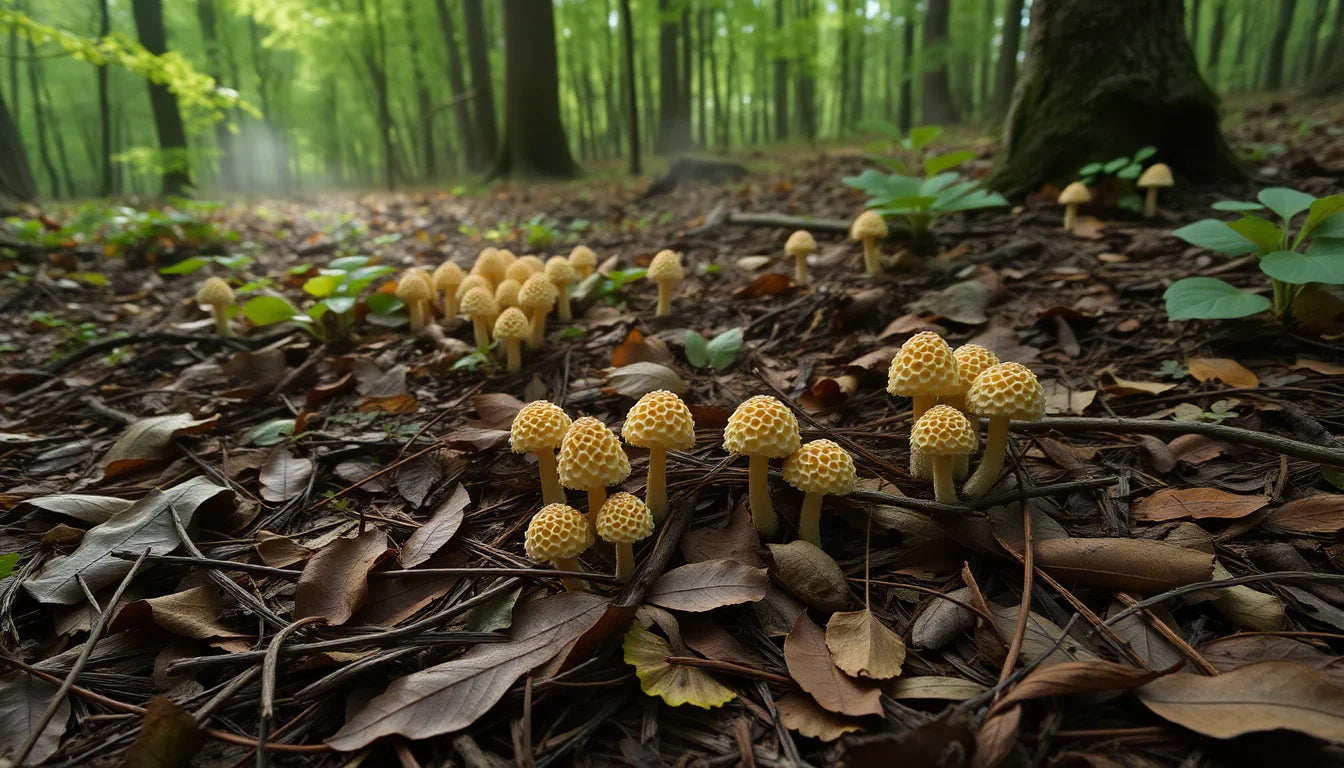
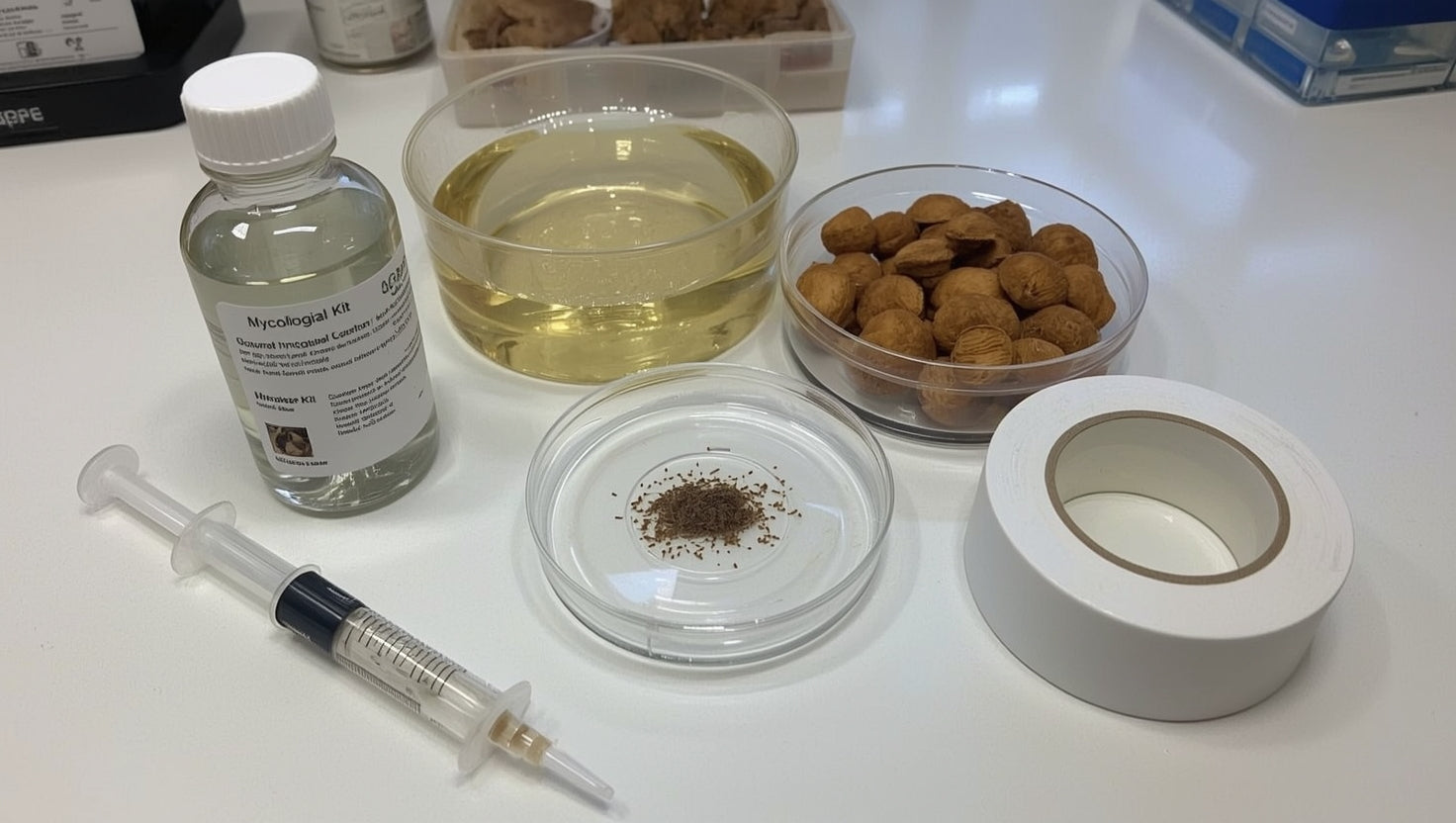
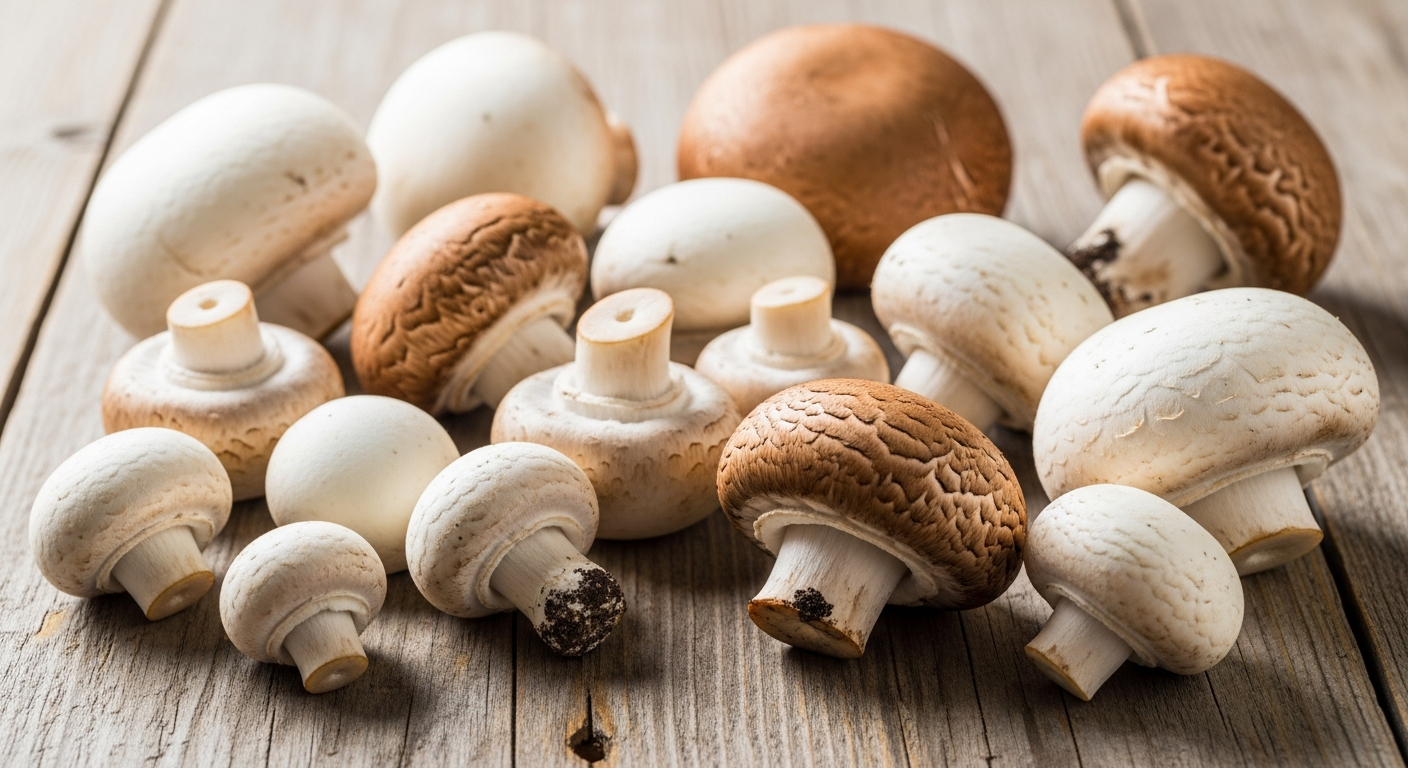
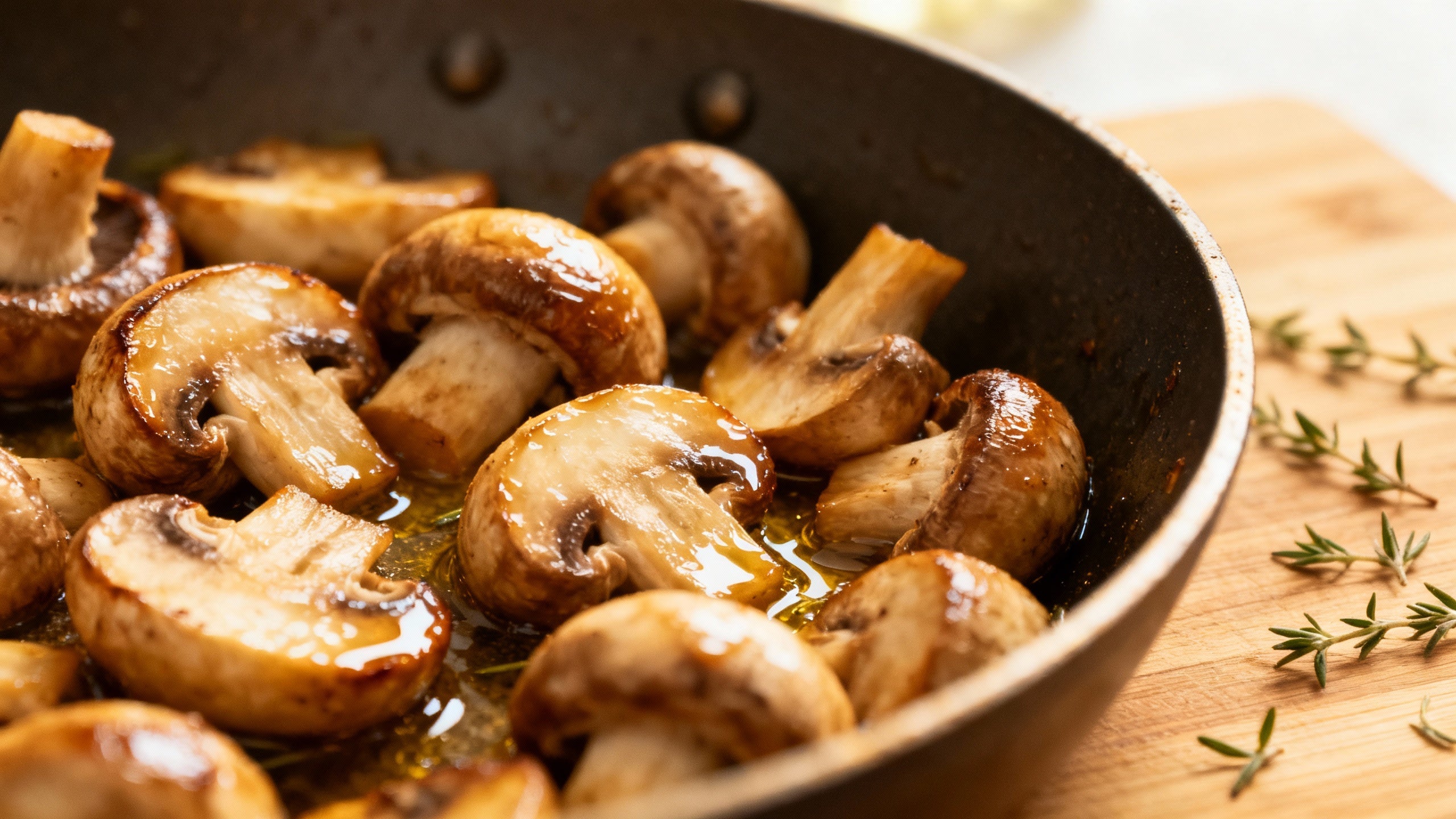
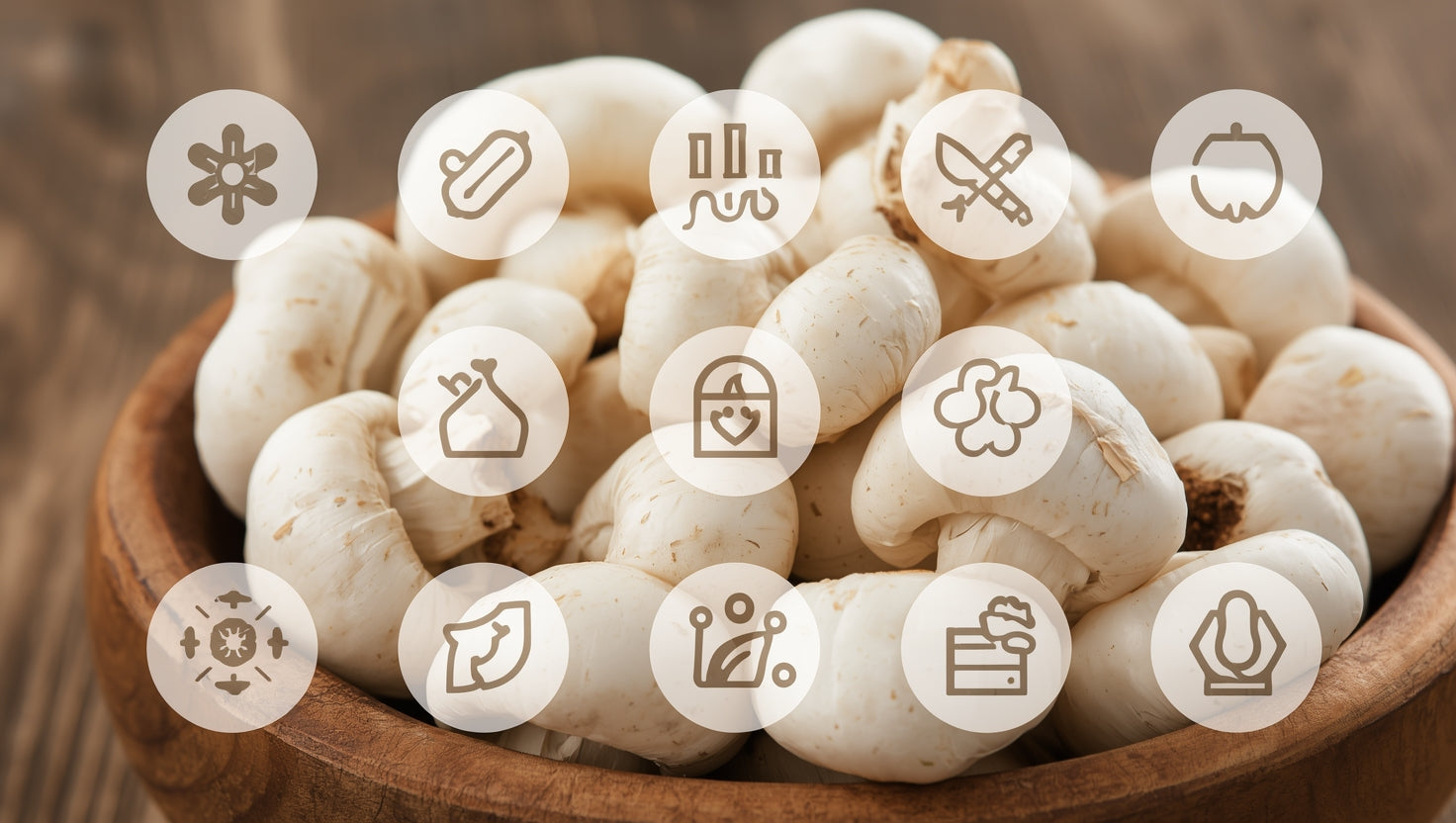
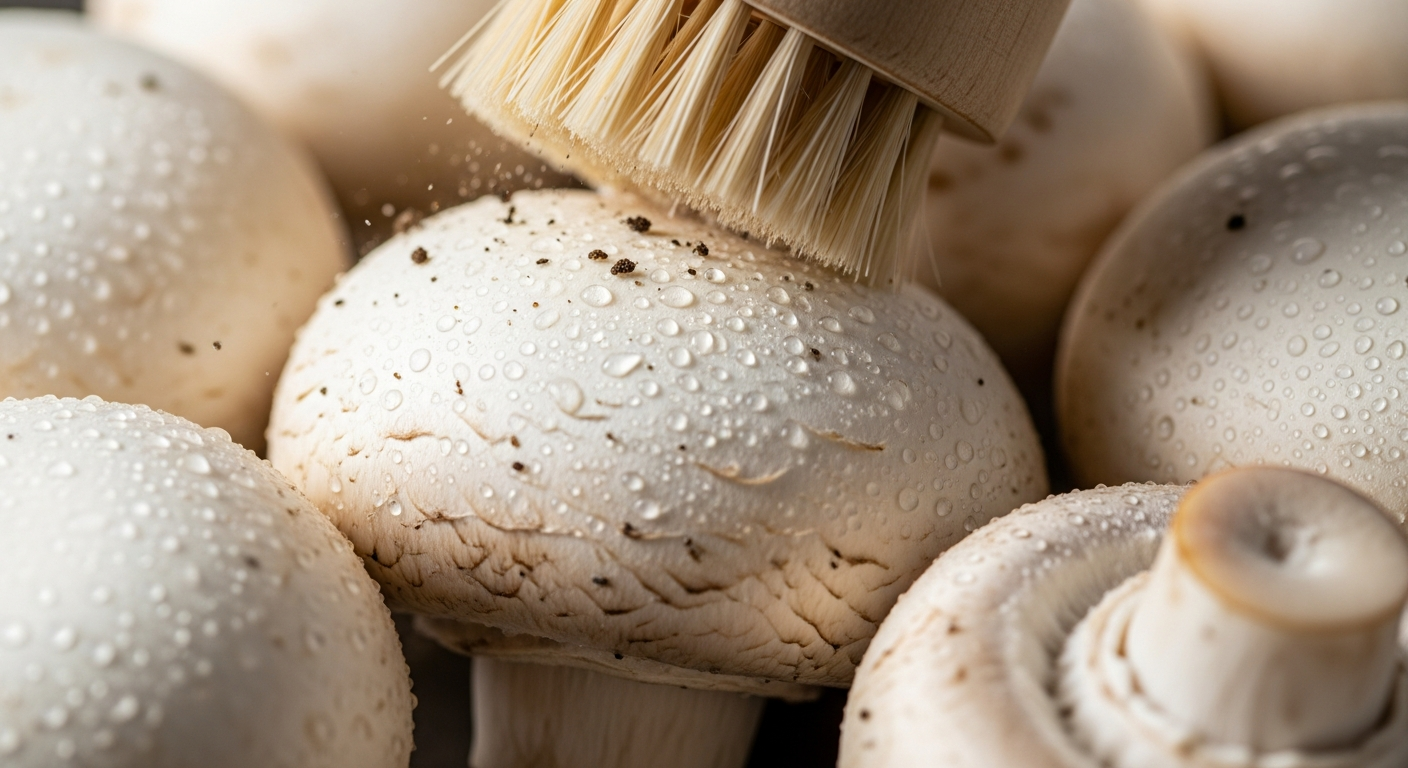
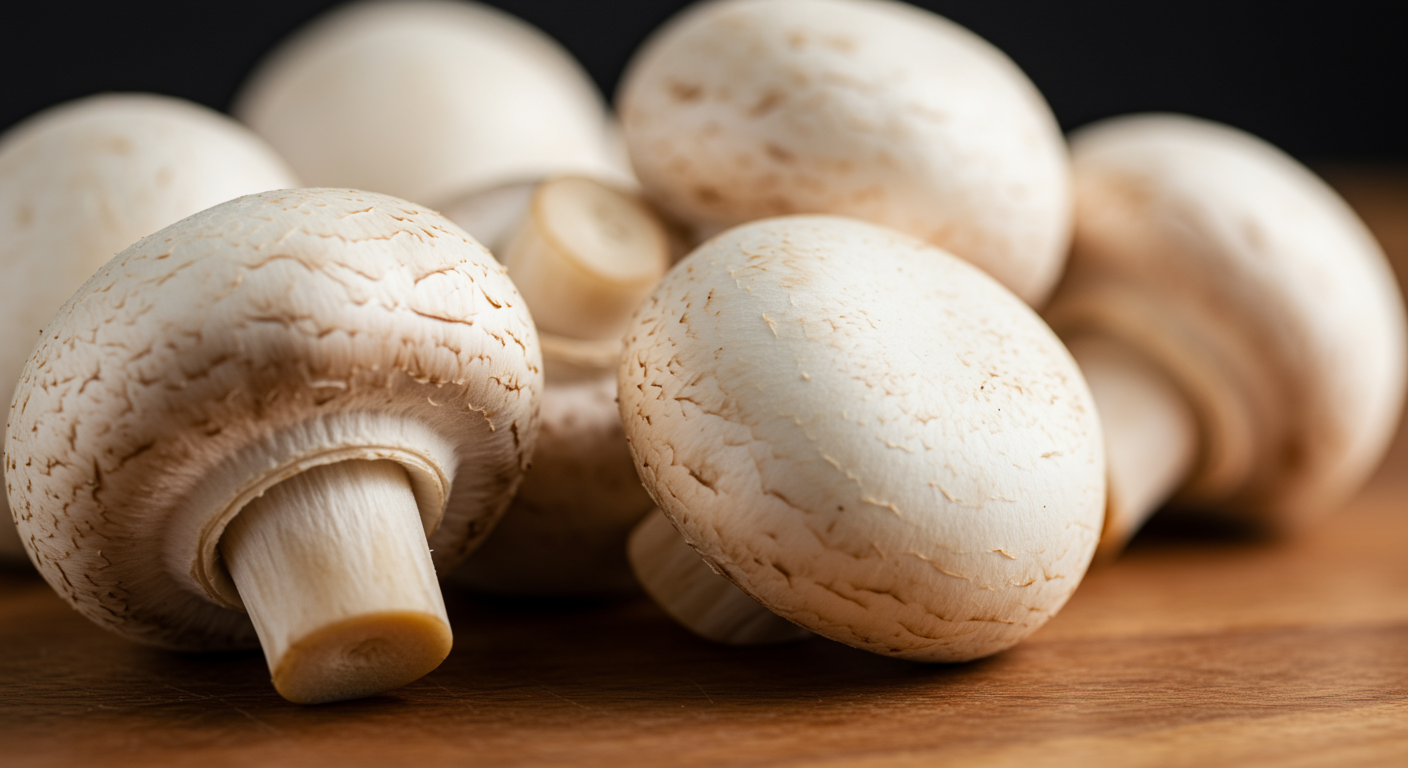

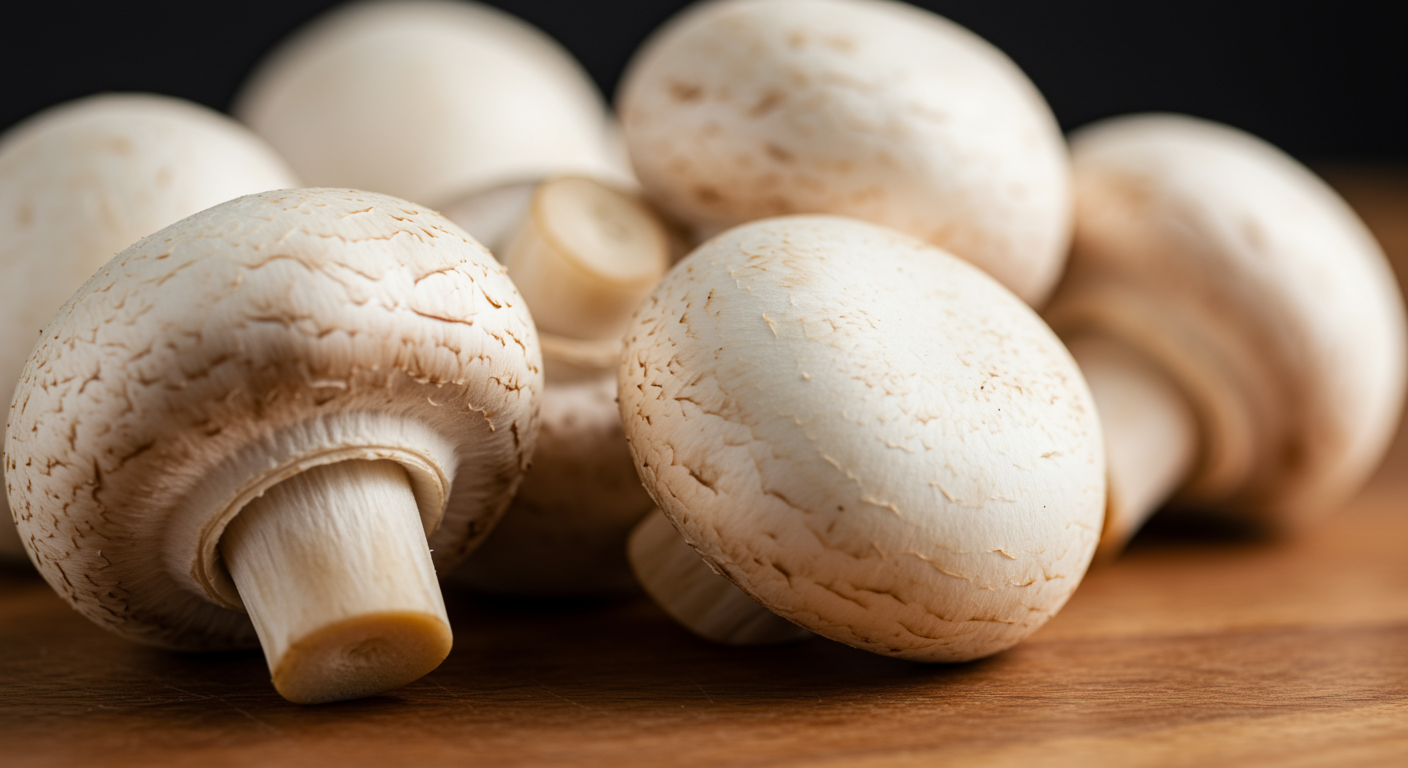
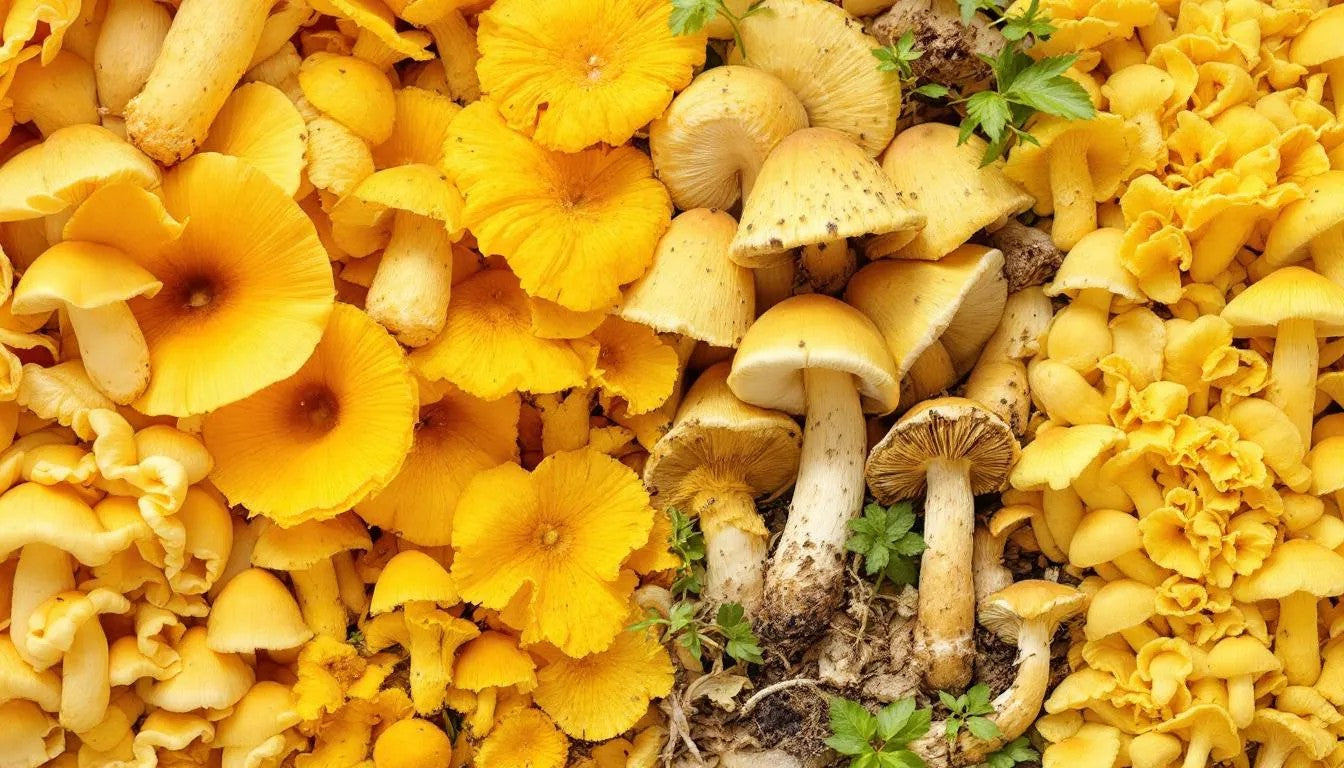
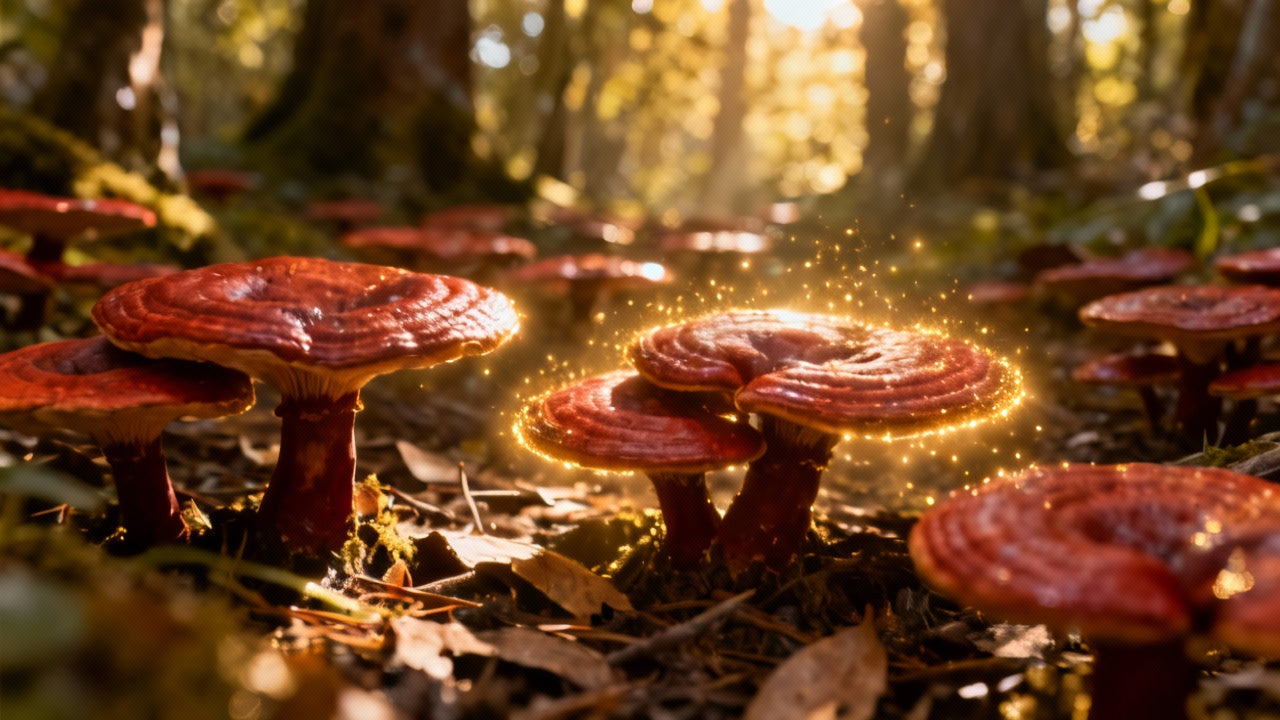
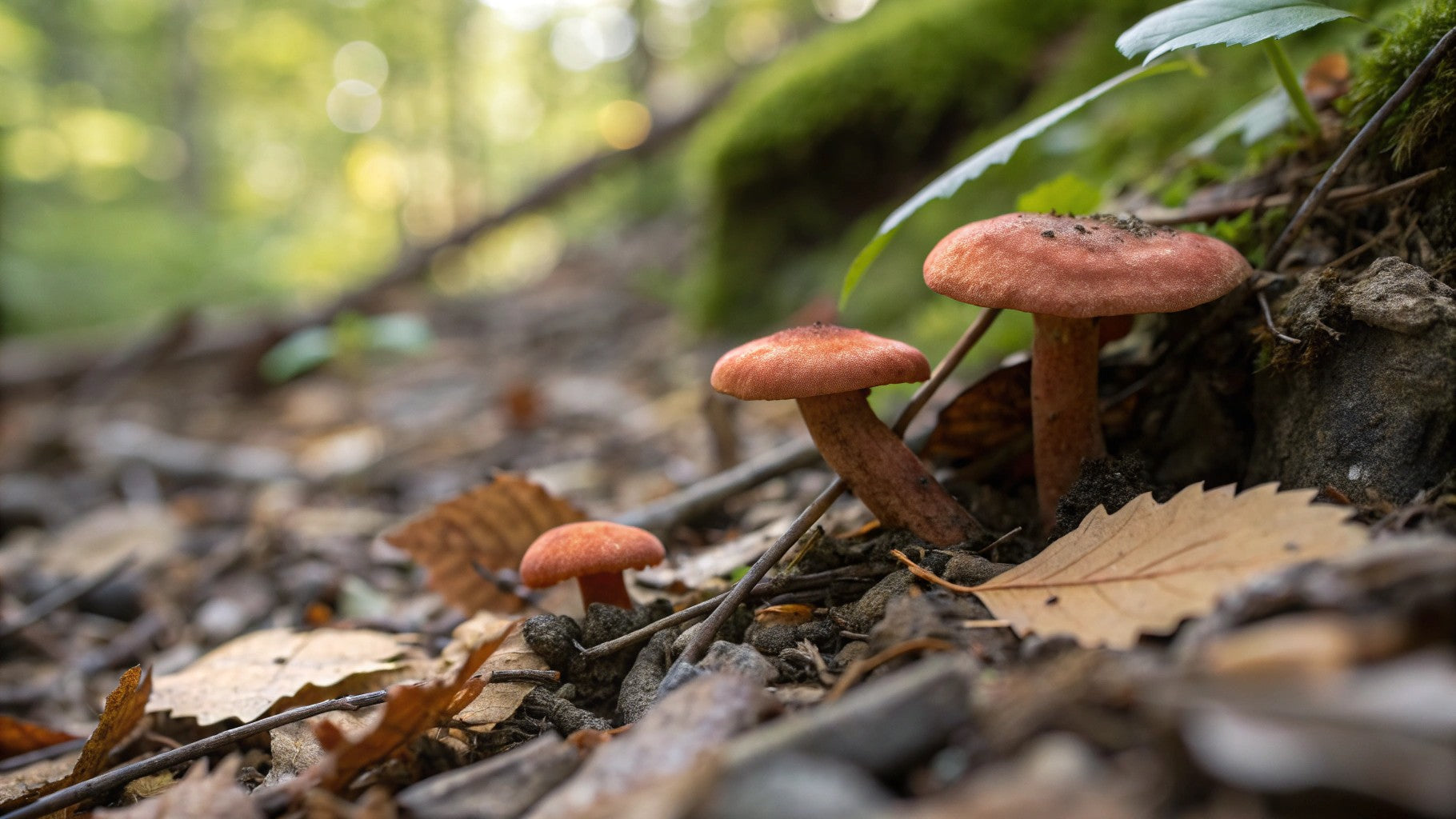
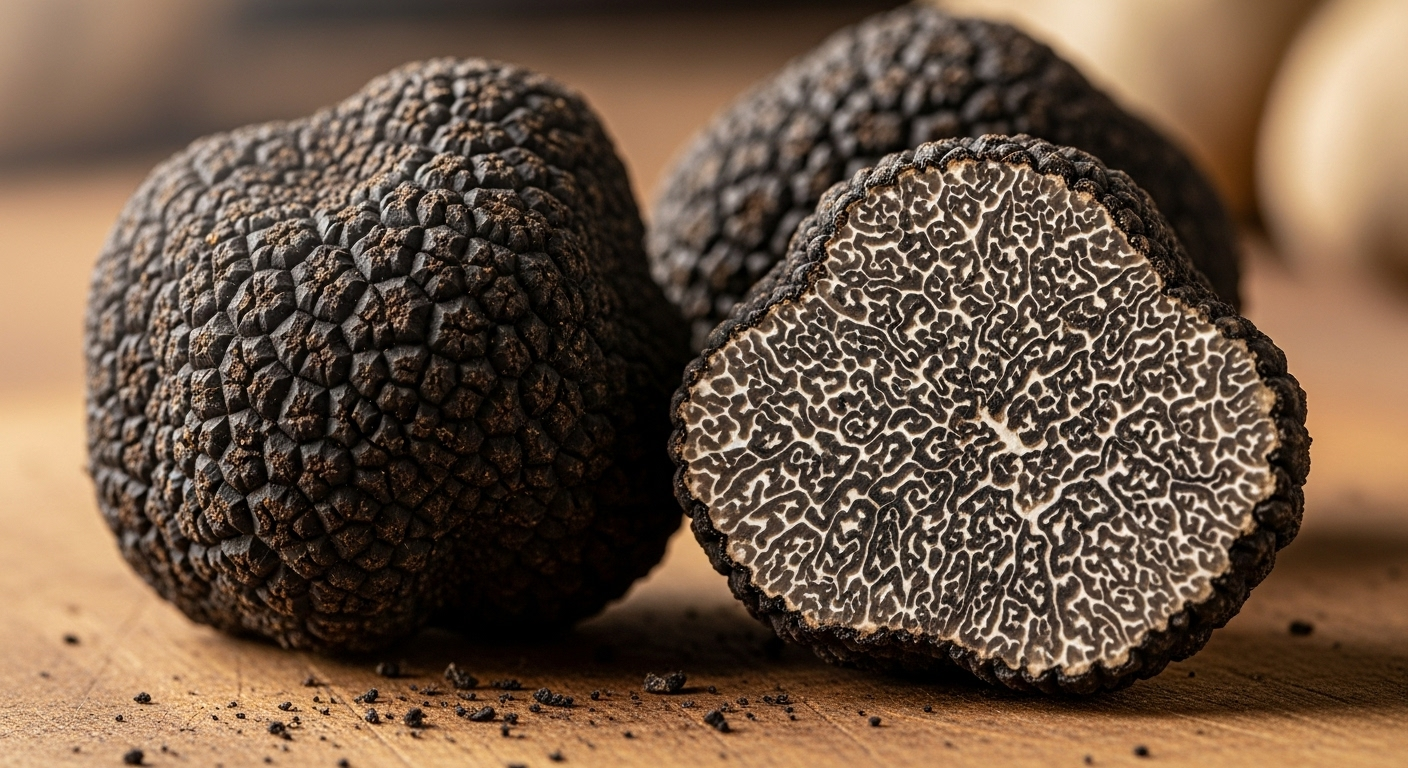
Share:
What Do Morel Mushrooms Taste Like? A Gourmet’s Guide to Flavor and Texture
How to Grow Morel Mushrooms